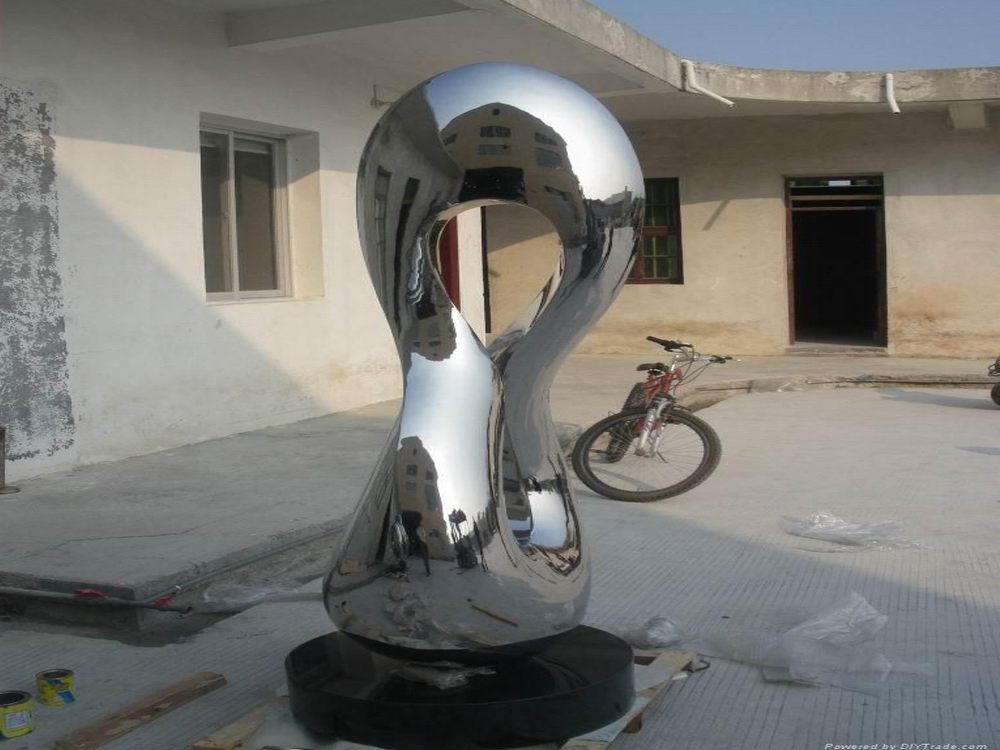
When it comes to metal sculptures, durability is a key factor for artists and collectors alike. Bronze, zinc, and lead each offer unique properties that influence their longevity and resilience.
Bronze sculptures are renowned for their exceptional durability. Composed primarily of copper and tin, bronze develops a protective patina over time, which shields it from corrosion. This makes it ideal for outdoor installations, as it can withstand harsh weather conditions for centuries. Historical bronze artifacts, such as ancient statues, attest to its long-lasting nature.
Zinc sculptures, while less common, are valued for their affordability and moderate durability. Zinc is more prone to corrosion than bronze, especially in humid or saline environments. However, when properly coated or alloyed, zinc sculptures can last decades. Its lighter weight also makes it easier to handle and install.
Lead sculptures, though rare today due to toxicity concerns, were once popular for their malleability. Lead is highly resistant to corrosion but is soft and vulnerable to physical damage. Over time, lead sculptures may deform or degrade, especially in outdoor settings.
In summary, bronze stands out as the most durable option, followed by zinc with proper maintenance, while lead is the least practical for long-term preservation. Artists and buyers should weigh these factors based on their intended use and environmental conditions.

